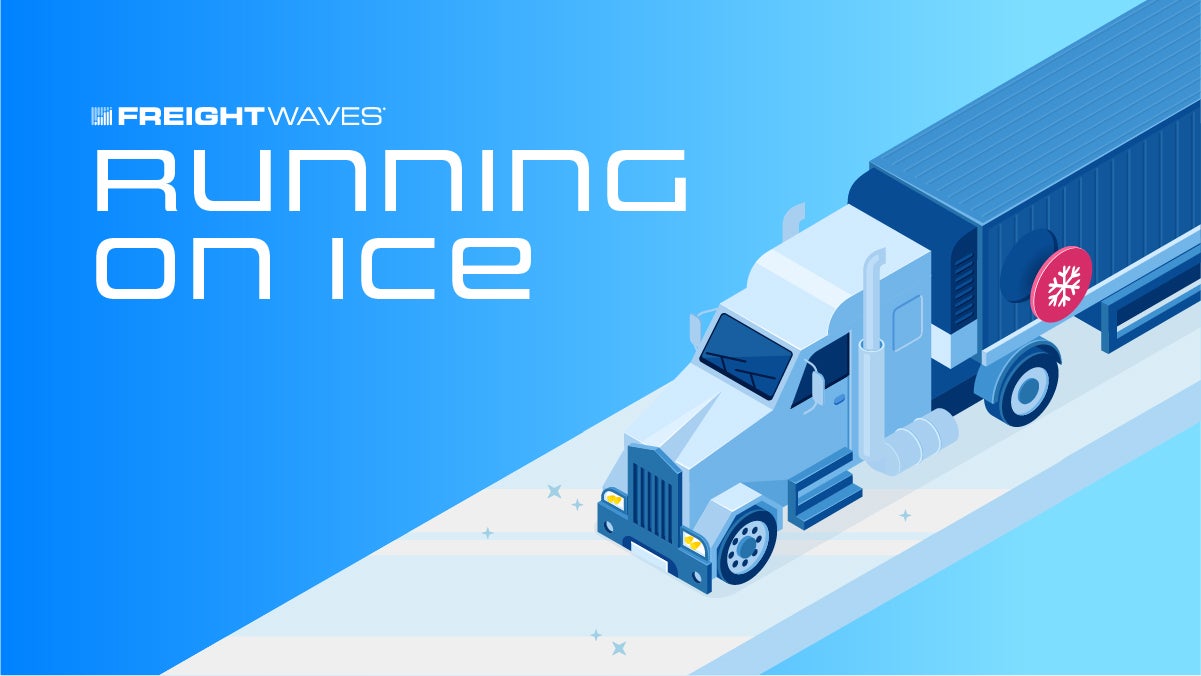Hello, and welcome to the coolest community in freight! Here you’ll find the latest information on warehouse news, tech developments and all things reefer madness-related. I’m your controller of the thermostat, Mary O’Connell. Thanks for having me!
All thawed out
Preferred Packaging has partnered with Northwest Frozen to launch a line of extended shelf-life prepared meals. To me, the item that seems the most exciting is a frozen croissant-shaped gnocchi pasta called Crocchi. I’m sure Italians everywhere will be displeased with the change to the traditional gnocchi.
Anyway, the reason why it’s newsworthy is that these companies have developed a new lidding film that works on high-speed machines and can create a seal that keeps food fresher through any contaminants like sauce. As a result of this new technology, the meals stay hermetically sealed in a low-oxygen atmosphere that keeps them fresher longer. It’s a win-win situation for the entire food supply chain. Meals stay fresher, less food waste, happier consumers.
Temperature checks
Phononic, a solid-state cooling company, has developed a new tote that would put a Yeti container to shame — aside from the fact that they’re two very different things. The Intelligent Actively-Cooled Tote (ACT) 2000 boasts 33% more storage capacity than the previous model, lighter weight and a higher return on investment for grocers according to a news release. The tote is internet-of-things-connected, showing temperature history and energy consumption to make a case for maximum efficiency.
The new tote, geared primarily toward grocers, is a more sustainable option than its predecessor. It has accessories that include mobile-powered carts for picking, staging and curbside pickup; vertically powered storage racks designed to minimize storage footprint; and integrations into robotics automation. Currently, grocers lose about $13 to $100 per order, so this new technology can help close that gap with less waste of time, money and product. Bonus point: The tech qualifies for the Environmental Protection Agency’s new regulatory proposal to reduce the amount of hydrofluorocarbons in typical compressor-based refrigeration.
Food and drugs
If we learned anything from the COVID-19 pandemic, it’s that various industries’ supply chains aren’t quite as efficient as previously thought. The pharmaceutical supply chain is no exception. Large drug companies are changing things up and introducing some automation to make things faster and better. Turns out, AI might be one of the keys to that.
Pharmaceutical supply chains are arguably the ones that can least afford anything to go wrong. Sometimes it’s literally a matter of life and death. Organ transplants are conducted via supply chains and that takes urgency to a whole new level. Dr. Paul Tang and his team from the University of Michigan may have found the key to heart transplants. They discovered an enzyme can be injected into a donor heart that almost doubles the amount of time it can stay in cold storage, meaning that heart can travel farther to someone who might have otherwise not had access to the lifesaving transplant.
AI offers some maybe less-vital moves with the medication and medical equipment — still important but less aggressively time-sensitive. There is a significant amount of medical prescriptions considered to be in “shortage” as a result of supply chain issues. According to a Controlant report LogiPharma, “Big data analysis can be enormously powerful in providing insights for business strategy throughout the pharma value chain, including in the acceleration of drug discovery and development, optimization of manufacturing processes, management of supply chains and the creation of innovative sales and marketing strategies.”
Cold chain lanes
This week’s coolest market in the U.S. is Omaha, Nebraska. Capacity is loosening ever so slightly there as outbound tender rejections stay flat after the post-Valentine’s Day drop and outbound tender volumes start an upward climb, rising 39.4% week over week. Spot rates in Omaha will continue to be on the lower side if not drop a few cents per mile. However, expect spot rates in this market to continue to be higher compared to the rest of the country as the National Outbound Tender Rejection Index sits at 4% and Omaha is at 10.67%, signaling there are some inflated spot rates.
Is SONAR for you? Check it out with a demo!
Shelf life
Oreo Frozen Treats expands portfolio
USDA accepting applications for trade mission to Japan
Reefer data automation for accuracy, efficiency and safety
Increased investment in solar cold storage to aid African producers
Frozen waffle startup gaining steam
OK with the change in management? Shoot me an email with comments, questions or story ideas at moconnell@freightwaves.com.
See you on the internet.
Mary
If this newsletter was forwarded to you, you must be pretty chill. Join the coolest community in freight and subscribe for more at freightwaves.com/subscribe.
